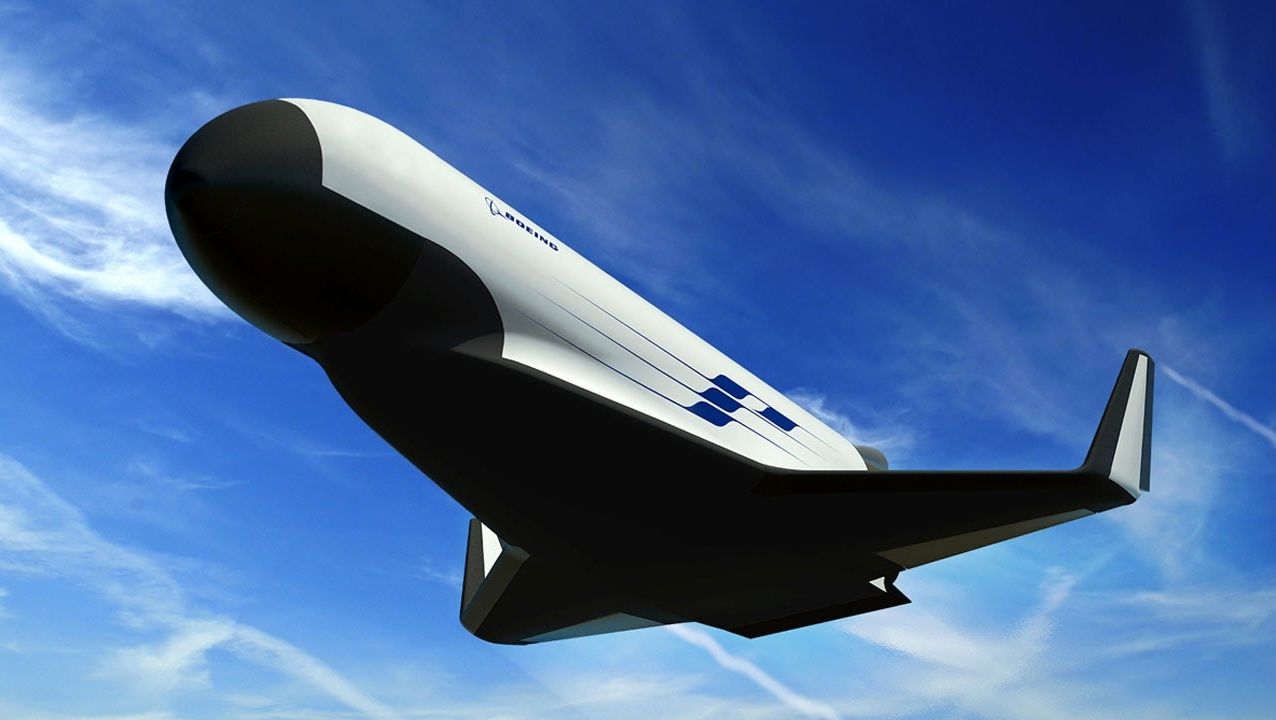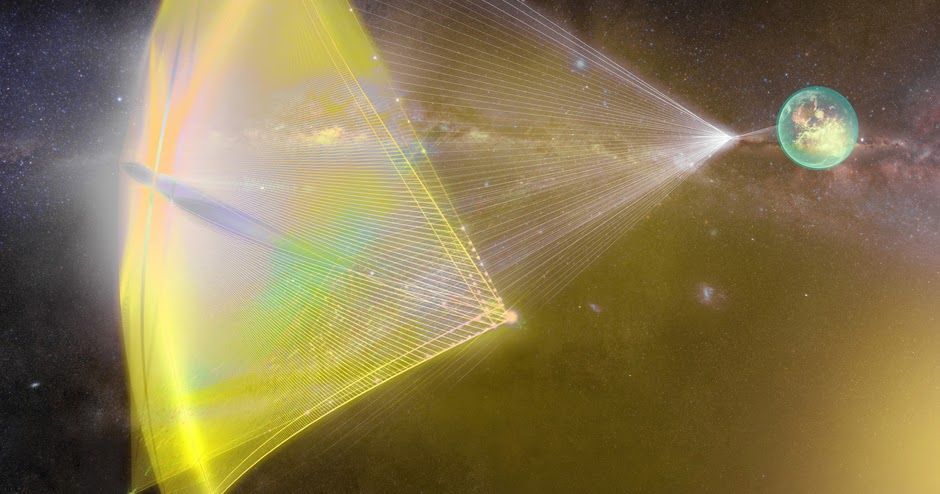Archive for the ‘space travel’ category: Page 480
May 20, 2016
Queen announces moves to develop UK’s first commercial spaceport | Belfast Telegraph
Posted by Odette Bohr Dienel in categories: space, space travel
Tag: UK
May 18, 2016
Space exploration will spur transhumanism and mitigate existential risk
Posted by Zoltan Istvan in categories: alien life, cyborgs, existential risks, geopolitics, policy, robotics/AI, solar power, space travel, sustainability, transhumanism
Friends have been asking me to write something on space exploration and my campaign policy on it, so here it is just out on TechCrunch:
When people think about rocket ships and space exploration, they often imagine traveling across the Milky Way, landing on mysterious planets and even meeting alien life forms.
In reality, humans’ drive to get off Planet Earth has led to tremendous technological advances in our mundane daily lives — ones we use right here at home on terra firma.
Continue reading “Space exploration will spur transhumanism and mitigate existential risk” »
May 17, 2016
Why DARPA Is Pursuing the Reusable Military XS-1 Spaceplane
Posted by Karen Hurst in categories: Elon Musk, government, military, space travel
Coming clean on the story around the XS-1 Spaceplane. Hmmm; US Government coming clean; really?
ORLANDO, Fla. – Here’s a phrase that’s not repeated everyday in the space community:
“You’ve heard Elon’s comments … we want to go beyond that,” Brad Tousley, the head of the tactical technology office at the Defense Advanced Research Projects Agency, said May 15.
Continue reading “Why DARPA Is Pursuing the Reusable Military XS-1 Spaceplane” »
May 16, 2016
Coming soon: A “Made in India” space shuttle — By Madhura Karnik | Quartz
Posted by Odette Bohr Dienel in categories: space, space travel
“This month, the Indian Space Research Organization (ISRO)—India’s equivalent of NASA—will begin the mission to launch its indigenous space shuttle, the Press Trust of India reported on May 15.”
Tag: India
May 13, 2016
NASA Just Funded These 8 Bizarre Projects
Posted by Klaus Baldauf in category: space travel
The agency just threw up to $4 million towards experimental space exploration technologies.
May 12, 2016
DARPA News Update: To Build the First Space Shuttle Without A Pilot Known as the ‘Experimental Spaceplane’
Posted by Karen Hurst in categories: robotics/AI, space travel

https://youtube.com/watch?v=HMXKXzEz44c
Getting ready to send the robots to Space on an AI Spaceship; perfect for that trip to Mars, Jupiter, etc.
DARPA will soon build and relase their first space shuttle without a pilot.
May 11, 2016
Gorgeous Animation Shows a Spaceship Mysteriously Traveling to a Universe Beyond
Posted by Sean Brazell in category: space travel
Absolutely beautiful animation.
Where do I sign up to be ON one of those?! wink
I want to know more about the world in this short animation Entropy, by Tim Cahn. I want to know why the spaceship is leaving Earth. I want to know what the space station is doing all the way out there. I want to know who’s there. I want to know where the ship is headed. I want to live in this world. But in the stillness of the short, we only get to see the beautiful imagery of a spaceship leaving Earth, so we have to fill in the blanks ourselves.
May 11, 2016
Can plants grow on the moon? NASA plans test in 2015
Posted by Karen Hurst in categories: biological, climatology, habitats, space travel
We knew this was going to happen. Just still neat to read about it.
(Phys.org) —NASA is planning to launch a milestone experiment involving growing plants on the moon. The target date is 2015, when the agency will deposit plants on the moon’s surface. The initiative is being driven by the Lunar Plant Growth Habitat team. They intend to use coffee-can sized containers designed to protect the plants against harsh elements of the climate, and will also provide cameras, sensors, and electronics in order to relay information about how the plants fare back to earth. NASA’s plan is “to develop a very simple sealed growth chamber that can support germination over a five to-ten day period in a spacecraft on the Moon.”
What will NASA try to grow? The containers will attempt to grow turnip, basil and Arabidopsis The latter is used often in plant research; Simon Gilroy, University of Wisconsin-Madison botany professor, has referred to the Arabidopsis as “the lab rat of plant biology.” Will the life forms survive the lunar surface? NASA’s plan is to find some answers when this “self-contained habitat,” which will have a mass of about 1 kg and would be a payload on a commercial lunar lander, is on the moon, How it gets there is another interesting side of the story, because NASA is taking advantage of a parallel event to save costs significantly.
Continue reading “Can plants grow on the moon? NASA plans test in 2015” »
May 11, 2016
Starshot Breakthrough Initiative for laser pushed interstellar nanocraft
Posted by Klaus Baldauf in categories: engineering, space travel
Breakthrough Starshot aims to demonstrate proof of concept for ultra-fast light-driven nanocrafts, and lay the foundations for a first launch to Alpha Centauri within the next generation. Along the way, the project could generate important supplementary benefits to astronomy, including solar system exploration and detection of Earth-crossing asteroids.
Breakthrough Starshot is a $100 million research and engineering program aiming to demonstrate proof of concept for light-propelled nanocrafts. These could fly at 20 percent of light speed and capture images of possible planets and other scientific data in our nearest star system, Alpha Centauri, just over 20 years after their launch.
Nextbigfuture covered the project last month when it was announced. Here is more information from the Breakthrough Initiative website.
Continue reading “Starshot Breakthrough Initiative for laser pushed interstellar nanocraft” »

















